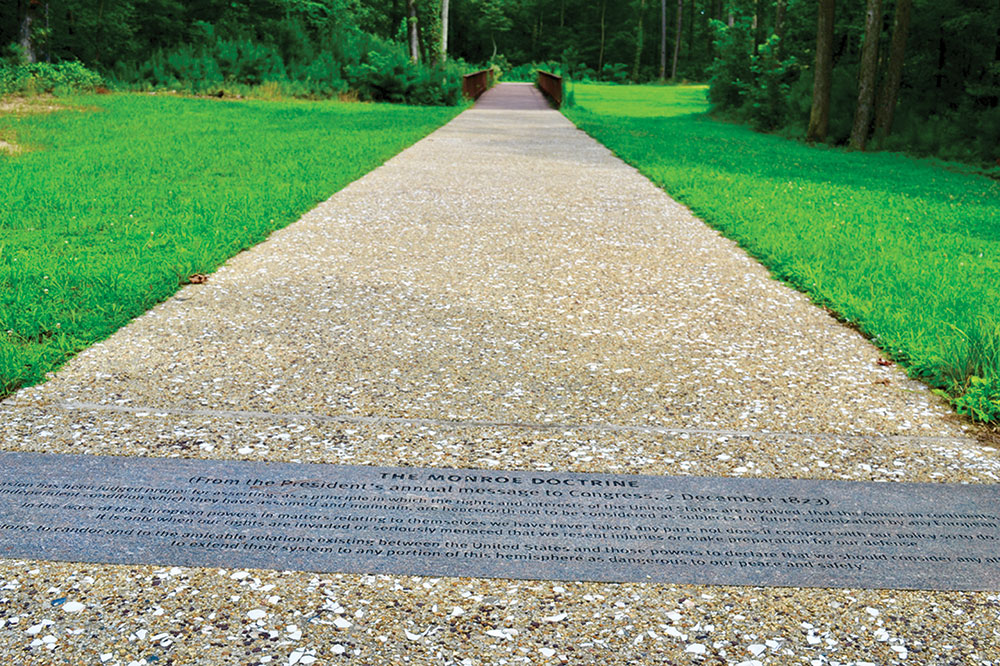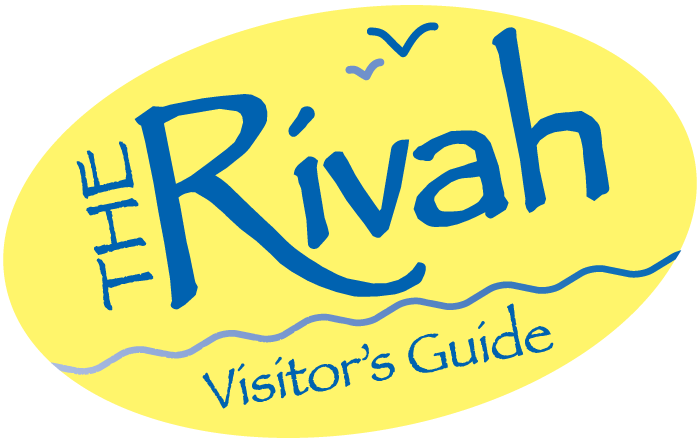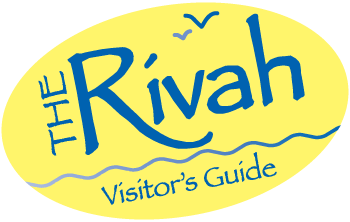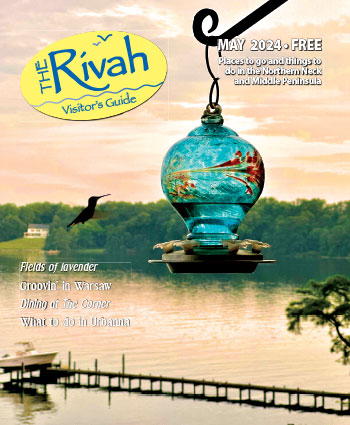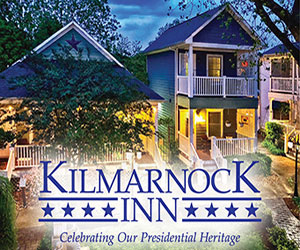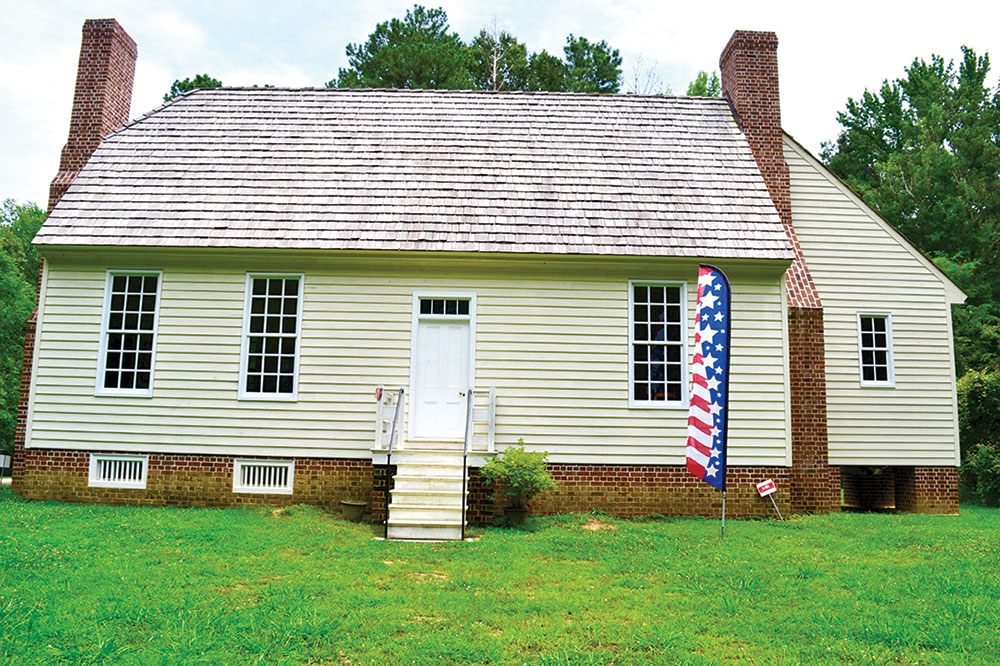
Long before he served with distinction during the Revolutionary War, became our nation’s fifth president and proclaimed one of the most important and notable foreign policy messages in the country’s history, James Monroe was born and raised on an orchard and farm right here in the Northern Neck.
Born on April 28, 1758, to Spence and Eliza Jones Monroe, James Monroe spent his adolescence surrounded by live stock and an apple and peach orchard on his family’s 500 acre farm in Colonial Beach.
Monroe lived on the small farm until he left to attend the College of William & Mary in 1774. He studied at the college for two years before leaving to fight in the Revolutionary War in 1776. Monroe ultimately sold the family property in 1783 following his father’s death.
Over the course of many years, the home eventually went to ruins through natural disasters and overall lack of upkeep and maintenance.
In an effort to preserve the legacy and honor of the founding father, William “Bill” Thomas Jr. said that through securing a multi-million dollar grant decades ago, the College of William & Mary began an archeological survey at the birthplace in 1976 to uncover the ruins of Monroe’s birth home.
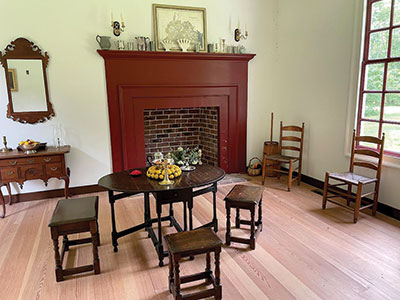
Thomas, who has served as president of the James Monroe Memorial Foundation since 1990, said that in those archeological findings, over 1700 artifacts were found on site and are catalogued at the college. Many artifacts are planned for transfer and display at the birth house, he said.
“The overall goal is to recreate the authentic mid-18th century farm at its original site,” Thomas said.
In the decades since the archeological survey, the memorial foundation has been working tirelessly to achieve that goal.
In 2005, Westmoreland County agreed to a hundred year lease to the foundation for the restoration of the property.
After over a decade of tirelessly raising funds and working with the community, construction of the modest farm home began in 2018.
Assistant park superintendent Shelby Chandler said none of the construction and revitalization would have been possible without the help of every day people in the community and several groups who worked with the foundation and made donations.
Chandler said raising the funds needed to restore the home was particularly remarkable. There was no federal funding granted to the project, which made it a truly foundation and community effort.
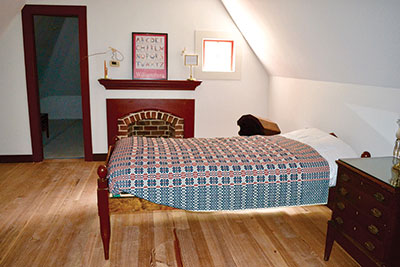
By 2019, the exterior reached completion and just two years later, in 2021, it was finally open for tours.
“Our grand opening last year was a massive success,” Chandler said.
For its grand opening, about 250 guests came to celebrate the completion of the exact replica of the original home, which features a dining room, social room, several fireplaces and upstairs bedrooms.
Thomas said 16,500 bricks were used in building the home.
The replicated home receives 20 to 30 guests on Saturdays and Sundays when the house and Visitor Center are open for tours.
The Visitor Center, which also serves as a museum, recounts the history surrounding Monroe and his public service to the country.
“Monroe has been by far the most qualified president of the United States,” Chandler said.
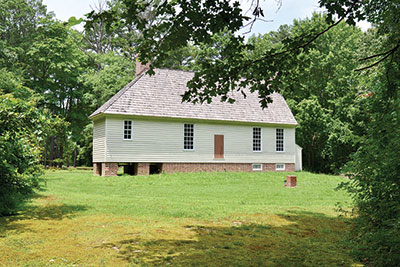
Prior to serving as the last founding father, Monroe practiced law in Fredericksburg after serving in the Continental Army. As a young politician, he joined the anti-Federalists in the Virginia Convention, was later elected as a United States Senator, was a Minister to France in the late 1700s, and even helped negotiate the Louisiana Purchase.
A very popular choice across the board with the support of several prominent political figures, including his dear friend James Madison, Monroe was elected to serve as President of the United States of America in 1816.
Perhaps what Monroe is most remembered for, The Monroe Doctrine, still serves as a cornerstone of American foreign policy today that proclaims the U.S. to serve as a protector for the Western Hemisphere.
Despite his successful presidency and unwavering legacy, it seemed that a lot of his contributions were overlooked.
“Monroe truly has been both underrated and undervalued,” Thomas said.
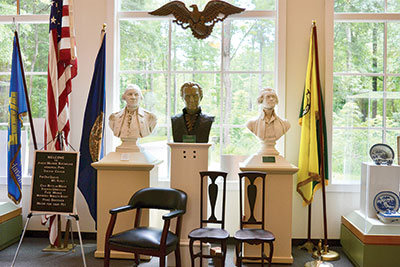
The park, which is operated on a volunteer basis, holds as its mission that admission and tours of the site will always be free as a way to educate as many people as possible.
Thomas said believes today’s education system often doesn’t do justice in terms of history, particularly in regards to sharing the history of Monroe.
“This is our gift to the future generations,” Thomas said.
On the 74-acre park is a long nature trail that features a Timeline Walking Trail that highlights several key dates and years throughout Monroe’s life and presidency. Along the trail are descriptive markers about the work of Monroe. Several QR scan codes take visitors to a webpage for a more expansive history and lessons regarding Monroe.
The trail leads walkers to a serene pier on Monroe Creek.
While the foundation has already completed a number of milestones in restoring and revitalizing the site, they’re not done yet. The foundation has a list of plans and goals.
Tom Moncure with the foundation said he is working to restore cemeteries on the property and on nearby parcels. They are burial sites of war veterans and other significant historical figures.
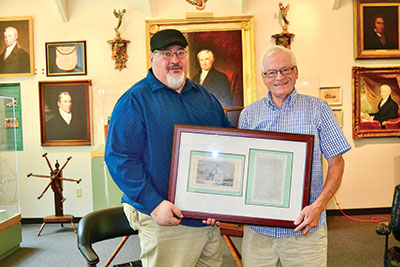
and description of James Monroe’s boyhood home and birthplace.
The foundation also is working to secure funding to create replicas of outbuildings that were on the property, such as a kitchen and outhouses. Chandler said the goal is to have those completed by 2026 in celebration of the bicentennial of America.
Perhaps one of the most exciting plans the foundation has is to revitalize the property by reintroducing the peach and apple orchard to the grounds.
The tireless effort and determination of the James Monroe Memorial Foundation and the community can be seen through the historically accurate and beautifully crafted replicated home, the serene walking trails, and smiling faces of the volunteers that make celebrating Monroe’s legacy possible.
“Monroe did so much for our country, this is some good we’re trying to do in honor of him,” Chandler said.
